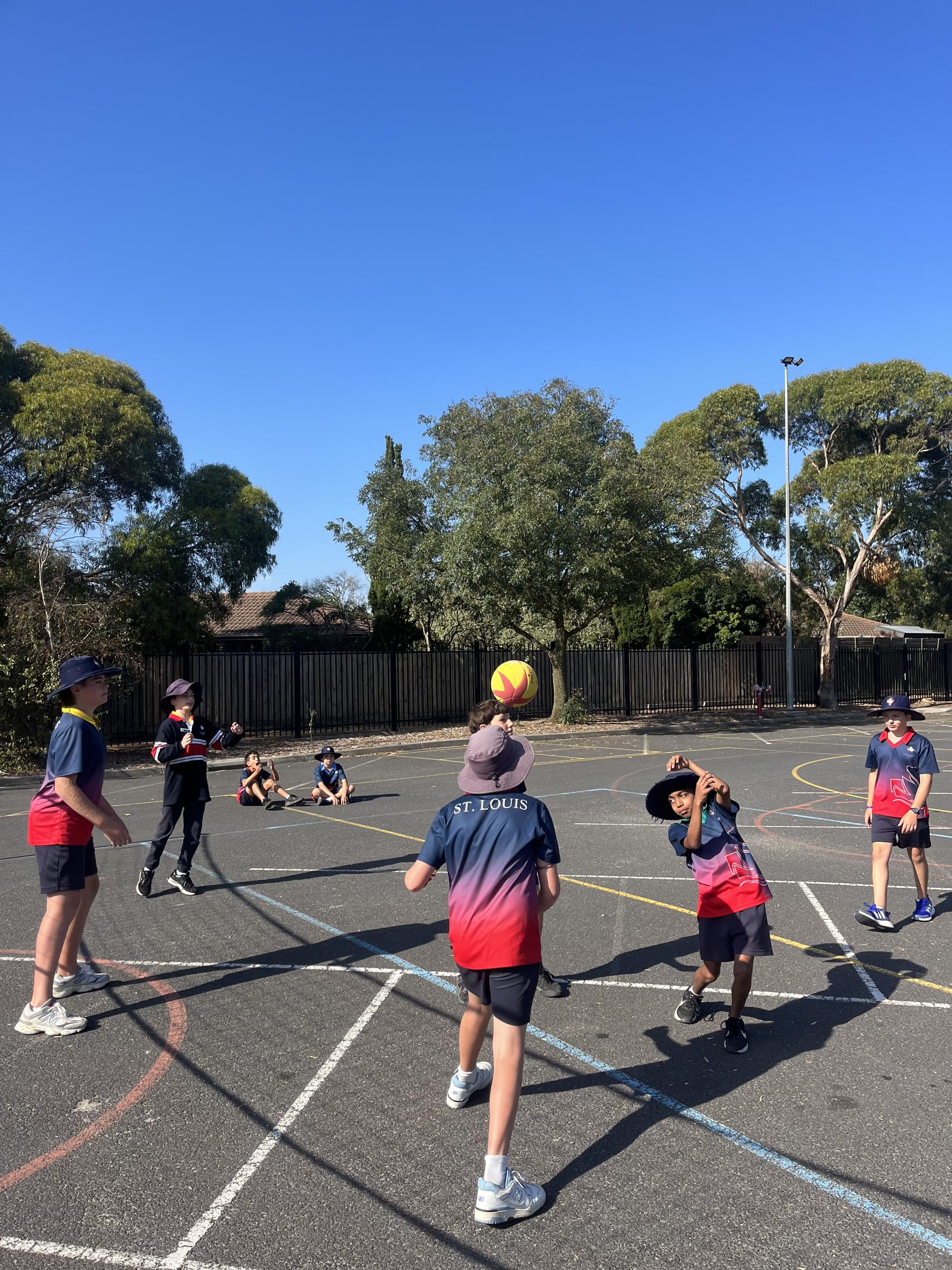Wellbeing

Wellbeing is about balance in all aspects in life.
It encompasses the health of the whole person – physical, mental, social and emotional. A person’s wellbeing can change moment to moment, day to day, month to month and year to year. It can be influenced by what’s happening in a specific moment and the actions that people take. Physical activity has a large affect on our mental health and wellbeing.
Physical activity promotes many aspects of child and adolescent development, including social and emotional skills, as well as physical development of motor skills.
It also supports mental wellbeing. We know that high levels of inactivity can lead to a greater risk of both physical and mental health problems.
Physical activity:
- - can increase levels of serotonin and endorphins; the neurotransmitters involved in regulating and improving mood
- - promotes sleep – which also helps regulate moods, increase energy levels and
- improve memory and learning
- - increases the connections between the brain neurons, which improves memory
- and learning capacity
- - pumps blood to the brain to boost mood, concentration and alertness
- - promotes relaxation by reducing skeletal muscle tension
- - provides children and young people with an outlet for excess energy and
- frustration, which relieves tension
- - provides an opportunity for children and young to socialise and meet new people,
- reducing loneliness and isolation
- - improves motor and cognitive skills, which boosts self-esteem
- distracts children and young people from negative thoughts.
The Australian 24-Hour Movement Guidelines outline the following recommendations for children and young people:
- Infants (birth to one year): 30 minutes of supervised interactive floor-based play including tummy time, reaching and grasping, pushing and pulling and crawling.
- Toddlers (1-2 years): at least 180 minutes a day, including energetic play such as running and jumping.
- Pre-schoolers (3-5 years): at least 180 minutes a day of which 60 minutes is energetic play such as running, jumping and kicking and throwing.
- Children (5-12 years) and young people (13-17 years): at least 60 minutes of moderate to vigorous intensity physical activity every day.
The percentage of children meeting current guidelines is:
- 61% of two to five-year-olds
- 26% of five to 12-year-olds
- 7.9% of 13 to 17-year-olds
A healthy balance between screen time and green time at home can benefit children greatly and gives more opportunities for physical movement and activity.
Beyou.edu.
